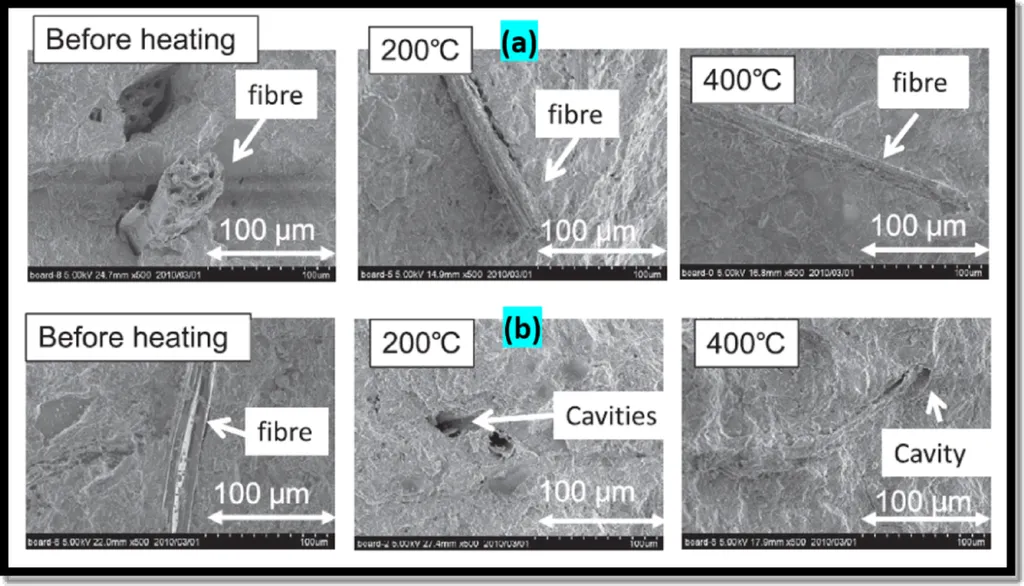In the relentless pursuit of improving industrial infrastructure, a groundbreaking study has emerged, shedding light on the behavior of reinforced concrete under extreme temperatures. The research, led by Fábio Masato Yamanaka, focuses on the thermal deformations of reinforced concrete walls in anode block cooking chambers, a critical component in primary aluminum production. Published in the Brazilian Journal of Structural and Material Engineering (Revista IBRACON de Estruturas e Materiais), this study combines experimental and numerical approaches to offer insights that could reshape the energy sector’s approach to high-temperature structures.
The study addresses a pressing issue in the aluminum industry: the structural displacement of concrete due to intense thermal variations. “The integrity, durability, and performance of these structures can be compromised over time,” Yamanaka explains. To tackle this, Yamanaka and his team adopted an experimental approach, using displacement transducers and temperature sensors connected to a data acquisition system. This setup allowed for continuous and automatic data collection, providing a real-time glimpse into the concrete’s behavior under high temperatures.
Parallel to the experimental work, the team developed a numerical model based on the finite element method (FEM). This model simulated the temperature distribution within the concrete wall and evaluated the associated stresses and deformations, primarily caused by thermal expansion and transient creep. “The combination of experimental and numerical analyses allowed us to better understand the structural response at high temperatures,” Yamanaka notes.
The findings of this study are significant for the energy sector, particularly for industries that rely on high-temperature processes. The research highlights that while reinforced concrete is known for its strength, extreme temperatures can lead to substantial deformations. These deformations can impact the long-term durability and safety of structures, emphasizing the need for thermal protection and continuous monitoring.
The study’s results could influence future developments in the field, encouraging the adoption of more robust materials and advanced monitoring systems. As the energy sector continues to evolve, the insights from this research could pave the way for more resilient and efficient industrial infrastructure. Yamanaka’s work serves as a reminder that understanding the behavior of materials under extreme conditions is crucial for the safety and longevity of industrial structures.
In an era where the demand for aluminum is on the rise, this research offers a timely contribution to the industry. By addressing the challenges posed by high temperatures, Yamanaka and his team have provided a foundation for future innovations, ensuring that the structures supporting our energy needs remain robust and reliable. As the energy sector continues to push the boundaries of what’s possible, this study stands as a testament to the power of interdisciplinary research and its potential to drive progress.

